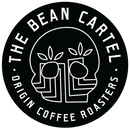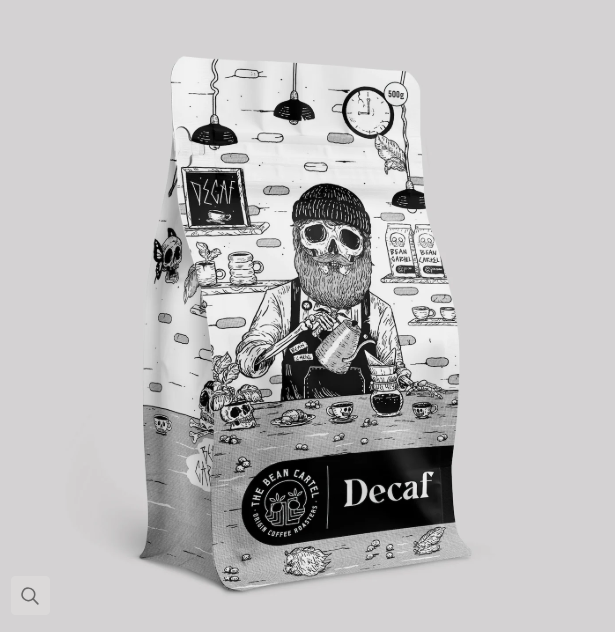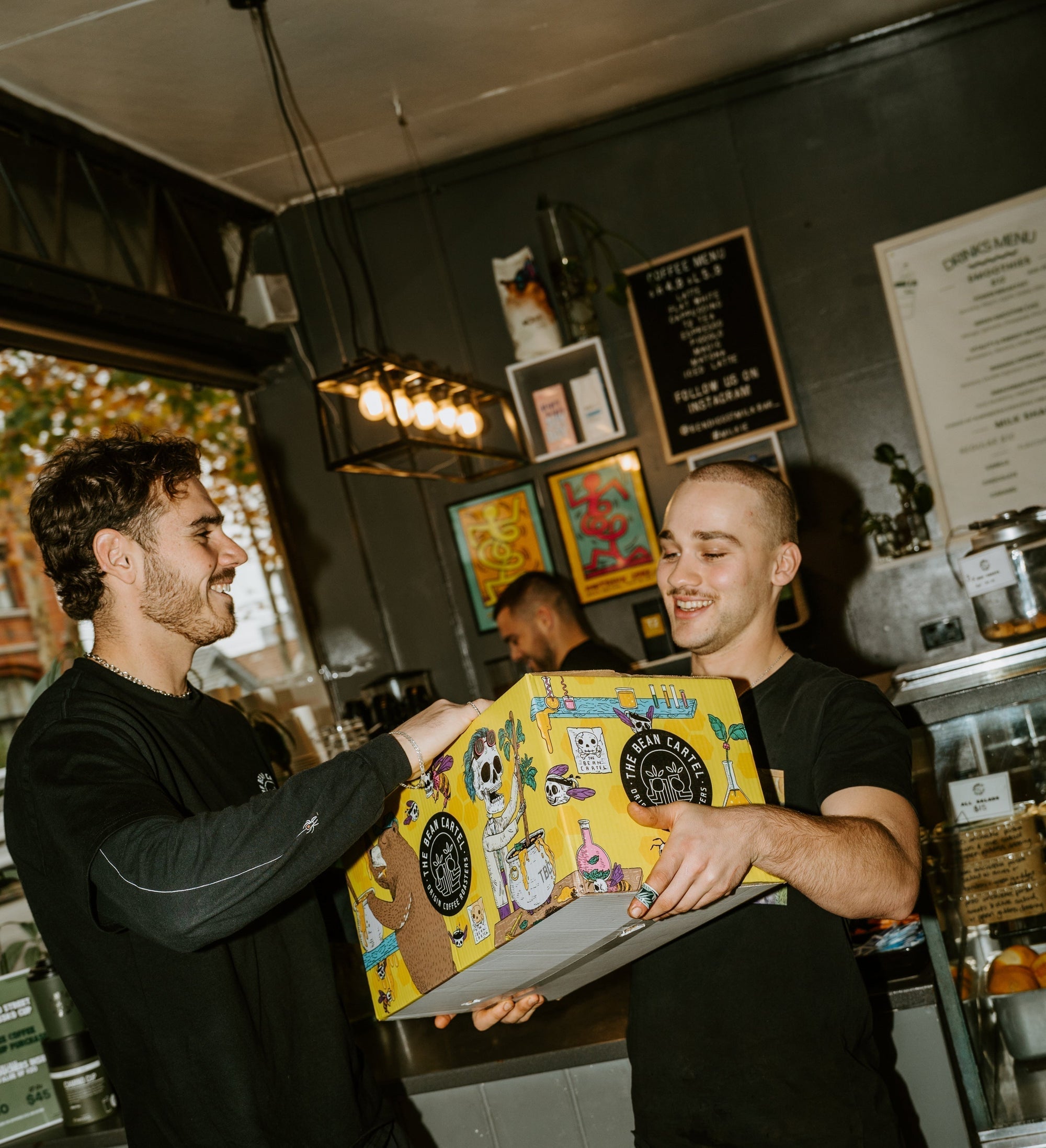Lately, we’ve been inundated with headlines warning that our daily coffee could soon cost $12 a cup. For consumers already struggling with cost-of-living pressures, this narrative creates anxiety, frustration, and resentment toward small businesses. It only fuels public stress and does nothing to support the industry and the people working hard to stay afloat and provide our caffeine fix.
The reality is more complex. Australia’s specialty coffee scene is a world leader in quality, but we’re trailing behind in price. And everyone along the supply chain is feeling the pressure.
Let’s get real: a specialty coffee in Australia should sit between $7 and $8.50. That’s not price-gouging. That’s a sustainable, fair price reflecting the real cost of producing high-quality coffee in a high-cost economy.

What the headlines aren't telling you
Green beans: A hidden layer of pressure
Prices have risen sharply, and the difficulties around sourcing, shipping, and arrivals remain unprecedented. Roasters now need to think ahead more than ever. A good one is planning years in advance, managing volatile pricing, and making sure there’s enough stock for all kinds of circumstances.
The cost increases vary, but roasters often absorb them instead of passing them on to cafés. This is a hidden layer of pressure that doesn’t get talked about enough.
Australia is world-class, but underpriced
We’re a global leader in specialty coffee, but when it comes to price, we sit around 40th in the world. The average price for a cup in the US is USD $7, (approx AUD $11 at time of publication). Most Aussie cafés are still charging around AUD $5. The price rise is inevitable as the cost of everything else climbs too.
Hospitality wages are high and increasing
We pay some of the highest hospitality wages globally. The entry-level award rate is $24/hour plus penalties, with increases coming again in July. While that’s a win for workers, it places serious strain on businesses. Labour makes up 35–45% of total costs, and with the staff shortages we’re seeing—especially post-COVID—cafés are often paying above-award just to keep experienced staff on the floor, particularly on weekends and during holidays, which are their busiest times.
Utilities, rent, and insurances are skyrocketing
Since 2023:
-
Utilities have increased by 33%+ year-on-year
-
Inner Melbourne rents are up 10–15%
-
Mandatory business insurances have nearly doubled
These aren’t luxuries. They’re non-negotiables, and they’re breaking budgets.
Plus, we’re still carrying COVID debt
Many cafés are still paying off deferred rent and ATO obligations from lockdown periods. The ATO has ramped up pressure on repayments, especially for GST and tax debts. While COVID is a distant memory for some, in this industry it can feel like a daily juggling act just to stay current.
What really goes into the cost of your coffee
|
Cost Component |
Typical Range |
|
Green beans |
$0.80 – $1.20 |
|
Milk (reg/alt) |
$0.40 – $0.90 |
|
Packaging (cup/lid) |
$0.30 – $0.50 |
|
Labour (barista time) |
$1.20 – $2.00 |
|
Rent & utilities |
$0.80 – $1.20 |
|
Taxes & GST |
$0.50 – $0.80 |
|
Total Cost |
$4.00 – $6.60 |
And that’s before accounting for:
-
Equipment maintenance and leasing (often costs the roasters absorb)
-
Admin and bookkeeping
-
Marketing, POS fees, and bank charges
-
The owner’s wage (if any)
When a café charges $5 for a coffee, they’re often losing money or breaking even at best. It’s simply not sustainable.

How does this affect consumers, and what can you do about it?
With the cost of living rising across the board, it can feel frustrating that simple things like grabbing your daily coffee are becoming harder to justify.
A fair price for your coffee helps keep skilled baristas employed, supports local cafés that bring life to our communities, and ensures the quality and standards you have come to expect can remain intact.
If you value having great independent cafés in your neighbourhood, consider supporting the venues that invest in their people and source responsibly when you’re able to buy your coffee. By doing this, you’re helping protect the culture, connection, and craft that make Australian coffee something worth celebrating.
The bottom line
Coffee prices must increase if we want to preserve quality, retain skilled staff, and keep independent cafés alive. If they don’t, quality will suffer and café owners will be forced to cut corners to survive.
The government needs to step up and support small businesses, and the media needs to stop spinning exaggerated headlines that feed public backlash. We’re not talking about luxury. We’re talking about viability.
If we don’t support cafés now, we risk losing what makes Australia’s coffee culture world-renowned.
Authored by Melissa Glentis, General Manager at The Bean Cartel. Edited and prepared for publication by Jodie Norman.



